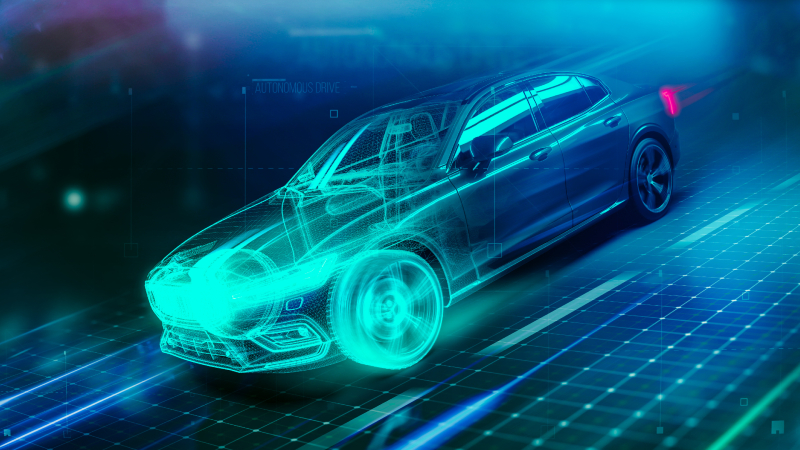Continuous Integration and Continuous Deployment (CI/CD) of ECU software
Streamline ECU software development

In today’s automotive world, as we are moving towards ‘software-defined vehicles,’ the main differentiating factor is the software. Inspired by smartphone industry, users are expecting the latest software for their cars by Over-The-Air (OTA) for new updated or improved features as well as fixed issues. To meet this challenge, software needs to be continuously delivered, which in turn needs to be continuously developed, deployed and tested. CI/CD can help teams to reach this goal.
In this on-demand webinar, you will learn:
- Why use continuous integration (CI) and the advantage of using CI in the ECU software development
- A typical CI workflow and learn about possible differences in the workflow where the AUTOSAR methodology for software development is used
- The prerequisites to achieve a CI workflow in an AUTOSAR environment
- How Capital® VSTAR™ helps to fulfill the needs of CI
Use CI/CD for faster software updates in ECU Software Development
The automotive industry is transforming. In general, products and software require many updates over their lifecycles, such as obligatory security updates, next generation features and OTA updates. These updates keep vehicles up-to-date and trustworthy, as cars become more connected to the Internet. Users also want the latest features and updates to their cars. This means that software needs to be continuously developed, deployed, validated and updated faster than ever before. Manufacturers must develop an agile way of working, create software factories and use continuous integration to keep up with software updates.
There are many advantages of using CI/CD, such as:
- Quicker feedback
- Ability to simultaneously develop and validate
- Automated regression tests
- Ready-to-deploy software
- And more!
Simultaneously develop and validate ECU Software using a CI Workflow
The typical CI/CD workflow begins in the planning phase, which is driven by new features or feedback from different parties. This phase is broken down into smaller tasks – code, build and test. Then, the CD workflow begins with deploying in-test or production vehicles, followed by testing in a real-world scenario. After, the software is monitored, and feedback is collected from users and fed back into planning.
With AUTOSAR, the CI/CD workflow operates differently. The code phase in the CI workflow is broken into two steps – configuration and generation. The configuration step is where users will configure basic software and software modules based on requirements. Later, this configuration step is used to generate a code, and the workflow continue as described above.
The ability to develop and validate ECU software at the same time is one of the advantages of using CI/CD. Learn more about the benefits of a CI workflow in the on-demand webinar.
Streamline ECU Software integration by implementing AUTOSAR
In the automotive industry, there is an increasing amount of complexity in vehicle systems paired with continuous pressure on cost and timing of creating vehicles. Developers must meet growing software safety concerns and regulatory demands. Additional challenges include the late detection of errors in the integration and testing process, along with the reuse and integration of application functions.
To overcome these challenges, developers can implement AUTOSAR to streamline ECU software integration. With a guided user interface, AUTOSAR includes sophisticated configurations managed by generative development flow. AUTOSAR enables the development of software in a platform context, which frontloads the process. This results in a high-performance embedded platform software that is scalable, safe and secure.
